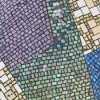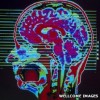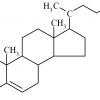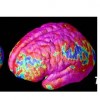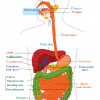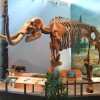Harnessing the power of bioinformatics in cancer research
One of the biggest challenges facing cancer researchers is that the disease varies so much from person to person. Even the same type of cancer – lung, brain, breast, colon, and so on – can be subtly different. This means that a therapy that works well in one patient may have no effect in another.
So researchers in the UK brought in the big guns – bioinformatics.
Cancer Research UK has set up seven British centers to start collecting 9,000 tumor samples from a wide range of cancer patients to create a DNA database. Researchers will extract DNA from these tumors and scan them for a series of key genes involved in tumor development. The results will then be cross-checked against a range of cancer treatments, to create a map of which treatments work best for cancers associated with which particular genes.
This is based on the concept of pharmacogenomics: certain genes predispose people to respond to certain drugs in certain ways. We can already test a cancer patient for a single gene, knowing how tumors with that gene respond to a particular drug. However currently we don’t have a way of testing a broad panel of genes. And to compound the problem, we don’t have a way of quickly and accurately sharing information between labs in the same city, across the country or internationally.
Again, enter the power of bioinformatics.
With the proposed cancer DNA database, a doctor might analyze a patient’s tumor sample and prescribe a tailored treatment plan within a very short period of time, perhaps as little as two weeks.
As Professor Matthew Seymour, director of the National Cancer Research Network (NCRN) in the UK, recently stated, “We have to get clever about how to target drugs. Medications for cancer have to be personalized because no two cancers are identical.”
Bioinformatics research is increasing at an exponential rate. DNA sequences are available to anyone with an Internet connection – along with free bioinformatics tools to explore sequence data, predict the presence of genes, and compare features shared between organisms.
The DNALC has been working in DNA sequencing and bioinformatics for over a decade, developing intuitive, visually appealing computer tools for teachers and students to quickly learn the rudiments of gene analysis and integrate bioinformatics with biochemistry labs.
If you want to find out more, check out:
- G2C Online Bioinformatics section
- DNAi: Applications > Genes and medicine > Genetic profiling
- Gene Boy, a fun, intuitive Flash interface to analyze DNA sequences.
- Sequence Server, a database and personal workspace for students to conduct phylogenetic analyses using their own DNA sequences.
- DNA Subway, a platform that uses the metaphor of a subway network to provide students access to various bioinformatics workflows.
| Print article | This entry was posted by Amy Nisselle on November 22, 2011 at 2:06 pm, and is filed under Inside Cancer. Follow any responses to this post through RSS 2.0. You can leave a response or trackback from your own site. |


